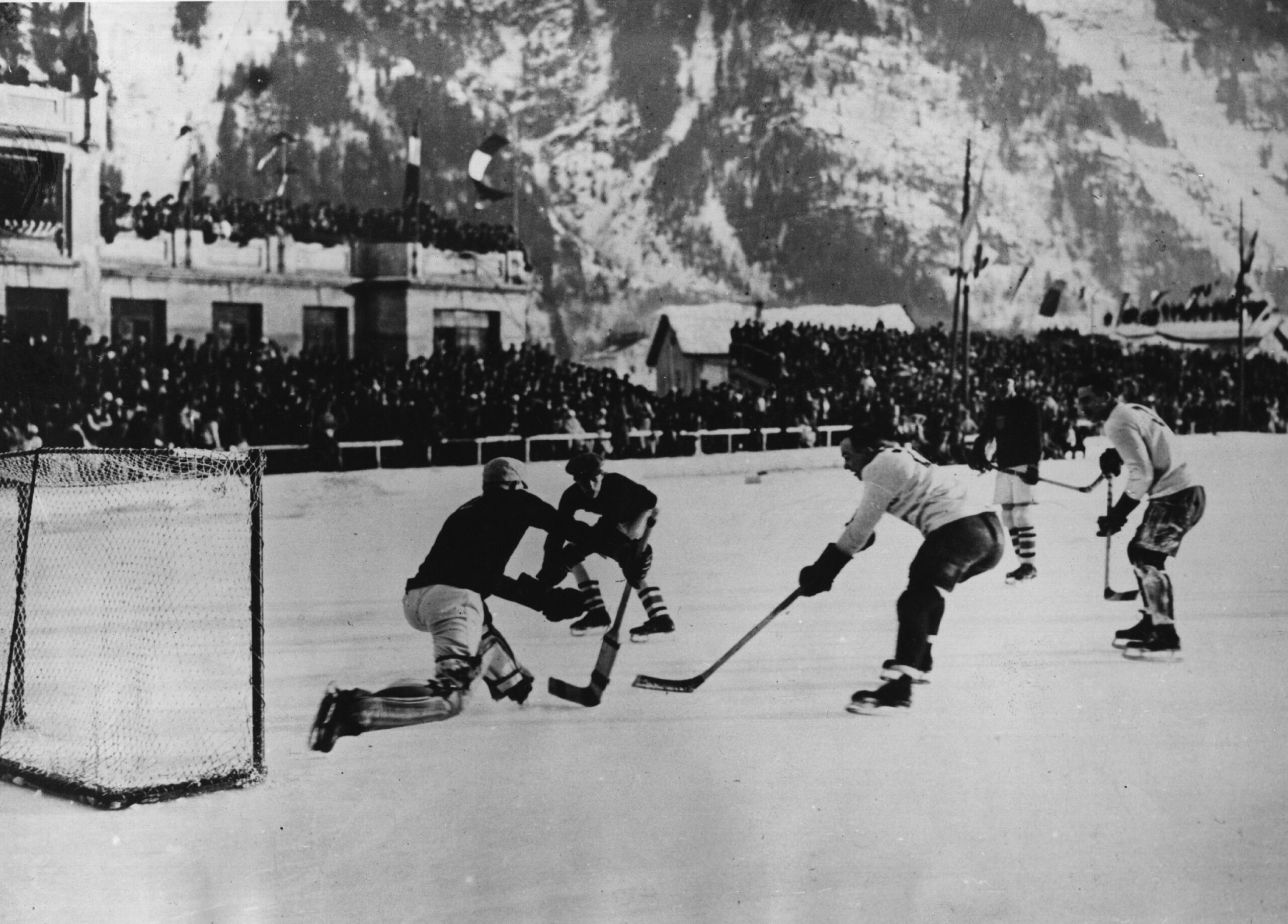On Feb. 5, 1924, the first Winter Olympic Games came to a close at Chamonix, France. The events at the foot of Mont Blanc began on January 25 and were held the same year as the Summer Olympics. At the time, it was known as the “International Winter Sports Week,” but its popularity led to the International Olympic Committee (IOC) adopting it in 1925 and retroactively naming Chamonix as the first.
In 1901, Sweden began the Nordic Games between Scandinavian countries and hosted them every four years. The IOC proposed a winter event for the 1912 Olympics held in Sweden, but the country declined in favor of their local contests. Figure skating was added to the London Summer Olympics in 1908 and ice hockey to the Antwerp Olympics in 1920, but both were held several months later due to the season. The IOC came to an agreement with Sweden in time for International Winter Sports Week in 1924.
The first Winter Olympics had 16 events with five sports, nine disciplines in total. These were cross-country skiing, ski jumping, military patrol, Nordic combined skiing (jumping and cross-country), bobsleigh, curling, ice hockey, figure skating, and speed skating. Sixteen nations participated, and Norway came away with the most medals overall. They tied with Finland for the most gold medals. The United States was third for overall medals but only won one gold medal thanks to Charles Jewtraw in the 500-meter speed skate.

